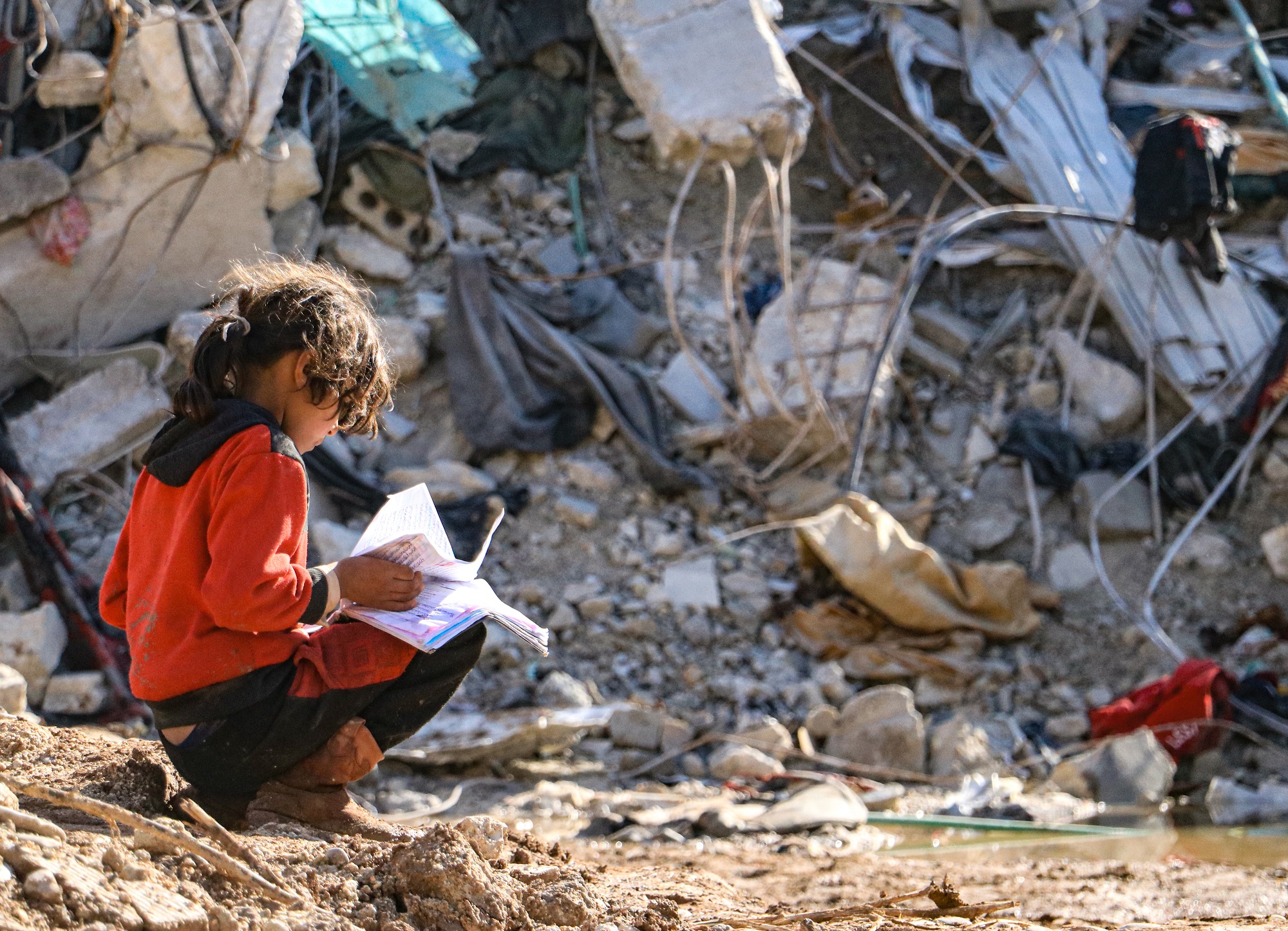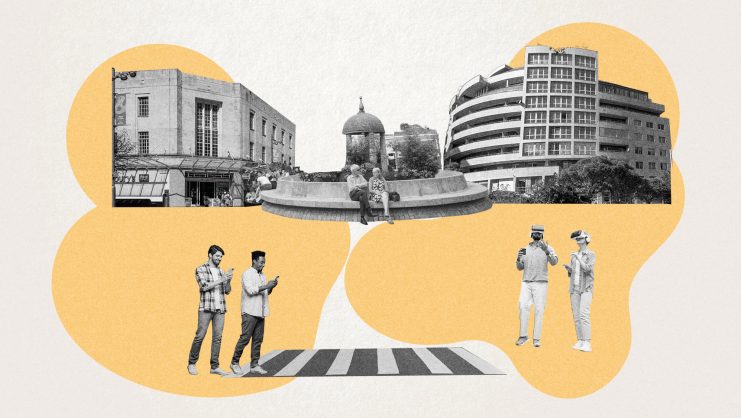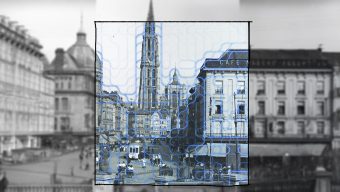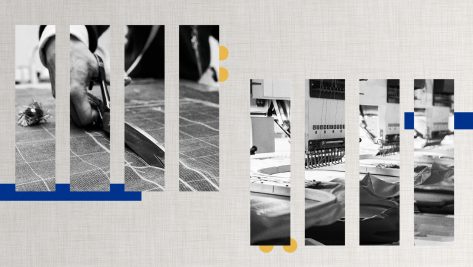“We are used to airstrikes, but this is very different; it is like the whole area was all bombed at once.” With this sentence, an architect and friend of mine in Northern Syria summarized the awful devastation of an earthquake in an already war-torn area. “Everything we did in the last ten years is now gone.” Thousands of buildings have been affected by the earthquake in Northern Syria, 2,000 of which have collapsed. In Turkey, the number is much higher, with 6,400 buildings in ruins.
While rescue operations are now coming to a halt with more than 40,000 deaths, engineers, designers, and architects are commenting on the shocking failure of anti-seismic measures in this seismic zone. Both countries’ building codes, introduced in the 2000s, vastly failed to prevent the disaster. But the explanation of building destruction due to the bad quality of materials and construction is not only of a technical nature. In fact, the physical collapse of entire city neighborhoods is a manifestation of political, social, and humanitarian collapses that occurred long ago. The State’s reckless housing policies, construction markets, and architectural and engineering practices have pushed the most vulnerable of displaced people, refugees, and their hosting societies to live in dangerously and poorly built houses. In the morning of February 6 2023, this all materialized at a very high price.
In the earthquake-affected zones in Turkey, nearly 75,000 buildings had been built informally and illegally. Illegal buildings are structures that are not produced or revised by states’ engineers or architects. The unlawful construction processes operate on a wide range of scales, from individual houses built by small local workshops to entire blocks erected by informal construction companies— all made based on rules of thumb. This alternative market has emerged from the vast need for shelters for those who are without the resources to find houses in the legally built architecture. But the reduced prices of illegal houses come with the use of poor quality materials as well as skipping the laborious procedures and fees of building and design permissions. In this context, such a building becomes an unknown object – unrecognized and ignored by the government because of its condition and the people inside it – and its fate in a seismic event becomes a deadly gamble.
Informally built neighborhoods are not new. People have constructed their own houses throughout history. But the phenomena of uncontrolled urbanism at a large and growing scale has emerged in the twentieth century under different names: slums, illegal, squatter, informal settlements. Furthermore, informality does not always come from building anew; modifying existing buildings by adding floors or removing walls without permission is also a form of violation of construction laws. Research from the UN shows that about one in four urban dwellers live in informal settlements – that’s one billion people, most of whom are concentrated in developing countries or what is called the “global south.” Governments have dealt with informal settlements in various forms, from negligence and clearance and demolition to formalization and recognition. In such a precarious land tenure situation, governmental decisions of what to do with an informal area become a political tool of either punishment or appeasement.
International donors care more about the number of houses made available for the displaced than about the quality of those houses.
In 2018, the Turkish government implemented a formalization initiative, which had a tremendous impact on the political and urban context of the country. Amid warnings from the Turkish Chambers of Engineers, Architects and Urban Planners, the state formalization decision focused only on land tenure rights. It did not consider any natural and environmental hazard mitigation, including earthquakes. The process of formalization was made through an online portal; private real estate agencies offered paid services of filing applications for residents. However, the buildings’ safety was entirely the residence’s responsibility, with a click-box in the application stating, “My building is safe and I accept all responsibilities”. State authorities claimed to inspect the properties through satellite imaging and three thousand inspectors – but the efficiency of the chosen technology and the actual number of inspectors put to the task of revising half a million structures are suspect. As a result, while many informal settlements were legalized between 2018 and 2020, they remained very hazardous and, unfortunately, those who were ascribed responsible for the safety of the buildings – the residents – are now the victims of this calamity.
South, towards northwest Syria, the story is different but no less painful. Out of the 4.5 million population in the rebel-held areas, 3.5 million are displaced persons who had already been uprooted from other parts of the country during the war. The area was unsafe to begin with, due to the occasional Russian and Syrian airstrikes that led to partial destruction of buildings and multiple – in some cases, six times – displacements of families. Throughout the ten years of this highly precarious situation in Syria, there have been no international NGOs physically present because the policy has always been to avoid the boots-on-ground approach. Instead, it is the local NGOs that have emerged as critical actors in the region, most of which are led by Syrians and international professionals with offices in Southern Turkey in cities like Gaziantep and Şanlıurfa and Antakya, the latter being almost fully destroyed by the earthquake. For the last ten years, the humanitarian responses have had to be channeled through these local organizations with donors from international aid agencies. This mode of offsite aid has resulted in many challenges. Additional bureaucratic bidding, selecting, and reporting procedures have slowed down aid actions, including the construction of emergency and transitional shelters. Expertise, another vital source of aid, was limited to remote assessment. The region has been left alone under the constant pressure to house millions of displaced people. To this date, more than one thousand spontaneous camps and collective centers are scattered across northwest Syria, hosting around 1.5 million people.
Housing in Syria has become one of the most pressing issues with the densification of the displaced population in the northwest. With the challenges of importing construction materials through Turkey, conventional reinforced concrete construction was out of reach. Syrians have tried everything, from building with mud and inhabiting caves to retrofitting containers and inventing vaulting systems of concrete blocks. Professional architects or engineers rarely lead these types of construction. Similarly, in urban centers like Idlib, the monopoly of construction materials have allowed for the emergence of construction contractors that build without any form of control over the quality of housing they deliver. For the most part, international donors care more about the number of houses made available for the displaced than about the quality of those houses. Therefore, few local Syrian NGOs choose the more difficult path of building and repairing dignified and safe housing rigorously. Those organizations that do tend to bypass the international aid regime and rely on direct donations from the Syrian Diaspora.
The destruction in Syria and Turkey began long before the earthquake. Essentially abandoned, Syrians have been working to build their houses, schools, and hospitals for the last ten years. “I don’t know if we can start again,” my architect friend told me. He has been working in a local NGO, leading reparation workshops in partly damaged houses for years. Engineers around the world are calling this earthquake a wake-up call to apply and comply with building codes. However, this wake-up call should also be directed to engineers and designers to try to understand why these building codes were not applied in the first place; to understand how such noncompliance is an act of marginality and fragility than ignorance and incapacity; to understand that the very same victims of the earthquake will rebuild their houses the same way it was before. It is a wake-up call for engineers and design practitioners to move from understanding their professions as permission-givers and regulators before construction to inspectors and retrofitters after construction. It is a wake-up call to understand that architecture and construction professions must shift their practices from imagining the new to bettering the existing. In Turkey and similar contexts, any form of inspection or formalization of informal buildings should be the responsibility of these professions funded by international and statal originations. In Syria, the abandonment of a war-torn country must be ended by international pressure to direct humanitarian aid to all its geographies. In this era of global calamity and uncertainty, much of the world’s built environment is in need of repair not redo.
© IE Insights.










